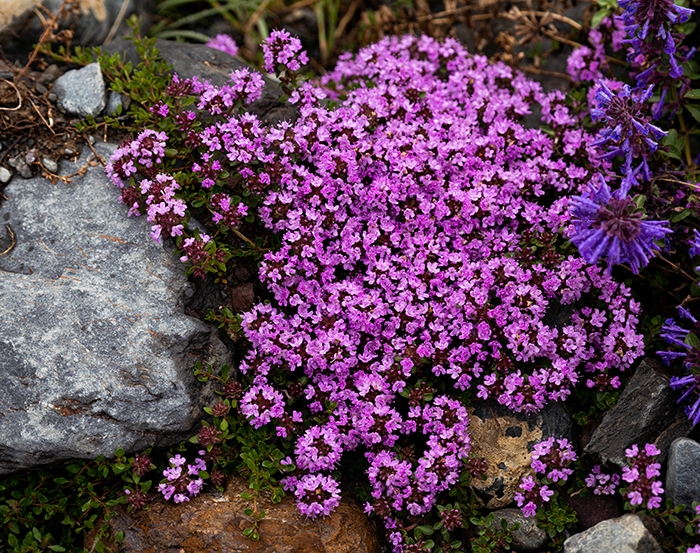Here are two more water-efficient options to replace your tired and incredibly thirsty turfgrass.
Navigating accurate gardening information can be very overwhelming, especially when it comes to choosing the right plants for your landscape.
In a previous article, I shared trendy lawn alternatives being touted via social media — and I offered a few substitutes better suited for South Central Texas’ unique climate and soil. Now I have a couple more to add to the list.
These two options are somewhat feasible with some tweaks to help implement the most water-efficient version of them.
Instead of yarrow, try buffalo grass.
As our plant database so aptly states, “Yarrow is said to thrive on neglect.” It’s a thick, matting, fern-like plant often described as weedy due to its tendency to spread quickly in almost any soil type or growing condition. A relatively evergreen perennial with colorful blooms, it can withstand mowing though not foot traffic. Technically you can plant a yarrow lawn here, but our resident Garden Geek recommends a buffalo grass blend.
When someone wants grass but they don’t want grass, our go-to recommendation is native buffalo grass or a native grass mix (buffalo grass, curly mesquite, blue grama). Buffalo grass grows 6 inches to 8 inches long, handles infrequent mowing, and resembles traditional lawns among the drought-tolerant or native groundcover plants.
For an herb lawn, try creeping oregano, creeping thyme and Corsican mint.

Thyme and herb lawns are taking off and it’s a little surprising it hasn’t become more popular. The modern resurgence of victory gardens seems to go hand-in-hand with the herb lawn. Many can be mowed and picked for culinary use. Also, herbs are commonly used in gardens for pest control and can be helpful in preventing pests (fleas) while providing habitat for pollinators.
While there are many species of herbs, almost none of them are native to our region. But some are more drought tolerant than others. Heavy hitters include creeping thyme, sprawling oregano, and Corsican mint.
Bexar County Agrilife has guides on general herb info (pdf), selecting varieties, using herbs for landscaping (pdf), though you’ll probably have pretty good luck with most varieties offered at your local plant nursery. A word of caution on mint though: it can become rampant in shady areas and grow without restraint.


